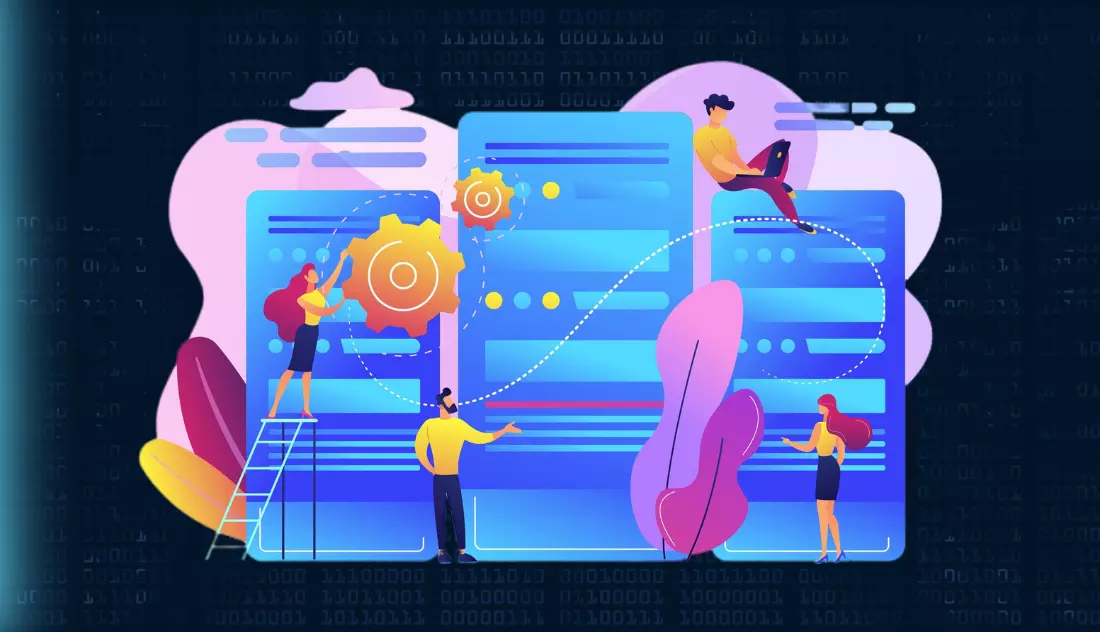
Empowering Real-Time Communication: A Guide to WebRTC App Development
In today's fast-paced digital world, real-time communication has become essential for businesses and individuals alike. From video conferencing to live streaming and online gaming, the demand for seamless, interactive experiences is higher than ever. webrtc app development stands at the forefront of this revolution, enabling developers to create powerful, real-time communication applications directly within web browsers without the need for plugins or third-party software.
Understanding WebRTC
WebRTC is an open-source project that provides web applications and sites with real-time communications capabilities via simple JavaScript APIs. It allows for peer-to-peer audio, video, and data sharing between browsers, making it a crucial technology for developing modern, interactive web applications.
Key Features of WebRTC
Real-Time Audio and Video: WebRTC supports high-quality audio and video streaming directly between users.
Data Channels: Enables efficient data transfer between peers, ideal for gaming, file sharing, and other interactive applications.
Security: Built-in encryption ensures secure communication.
Interoperability: Works across different browsers and platforms, enhancing accessibility and user experience.
Why Choose WebRTC for App Development?
Enhanced User Experience
WebRTC eliminates the need for additional plugins or software installations, providing a seamless and hassle-free user experience. Users can engage in real-time communication with just a few clicks, directly from their web browsers.
High-Quality Communication
WebRTC delivers superior audio and video quality, thanks to its advanced codecs and network management capabilities. This makes it ideal for applications that require clear, uninterrupted communication, such as telehealth, online education, and virtual meetings.
Cost-Effective
As an open-source technology, WebRTC is free to use, which significantly reduces development costs. Moreover, it leverages existing web infrastructure, further minimizing expenses.
Scalability
WebRTC is designed to scale effortlessly, allowing developers to build applications that can accommodate a growing number of users without compromising performance or quality.
Steps to Develop a WebRTC Application
1. Setting Up the Development Environment
To get started with WebRTC, you need to set up your development environment. Ensure you have Node.js and npm (Node Package Manager) installed, as they are essential for managing dependencies and running your application.
2. Creating the User Interface
Design a user-friendly interface using HTML, CSS, and JavaScript. The interface should include elements for video display, controls for muting/unmuting audio and video, and buttons for connecting and disconnecting calls.
3. Implementing WebRTC APIs
WebRTC offers several JavaScript APIs for implementing real-time communication:
- getUserMedia(): Captures audio and video from the user's device.
- RTCPeerConnection: Manages the connection between peers.
- RTCDataChannel: Facilitates data transfer between peers.
4. Setting Up a Signaling Server
WebRTC requires a signaling server to exchange connection information (such as ICE candidates and session descriptions) between peers. This can be implemented using WebSockets or other real-time messaging protocols.
5. Handling Peer Connections
Once the signaling server is in place, you need to handle the connection process between peers. This involves creating and exchanging session descriptions (offers and answers) and ICE candidates.
6. Testing and Debugging
Thoroughly test your WebRTC application across different browsers and devices to ensure compatibility and performance. Use tools like WebRTC Internals (available in Chrome) to debug and analyze the connection process.
Best Practices for WebRTC Development
Optimize Media Quality
- Adaptive Bitrate: Implement adaptive bitrate algorithms to adjust video quality based on network conditions.
- Echo Cancellation: Use built-in echo cancellation features to improve audio quality.
- Network Optimization: Prioritize network traffic to reduce latency and packet loss.
Ensure Security
- Encryption: Leverage WebRTC's built-in encryption to secure audio, video, and data streams.
- Authentication: Implement robust user authentication and authorization mechanisms to prevent unauthorized access.
- Data Privacy: Ensure compliance with data privacy regulations, such as GDPR, by implementing appropriate data protection measures.
Enhance Scalability
- Load Balancing: Use load balancers to distribute traffic and prevent server overload.
- Media Servers: Implement media servers like Kurento or Janus for handling large-scale video conferencing and broadcasting.
- Serverless Architectures: Consider using serverless architectures for signaling servers to improve scalability and reduce maintenance efforts.
Read More: What Does WebRTC Web Application Development Include?
Conclusion
WebRTC is a game-changer in the realm of real-time communication, offering unparalleled capabilities for developing high-quality, interactive web applications. By understanding its core features and following best practices, developers can create powerful and scalable WebRTC applications that meet the growing demand for real-time communication.
Whether you're building a video conferencing tool, a live streaming platform, or an interactive gaming application, WebRTC provides the foundation you need to deliver an exceptional user experience. Start leveraging this technology today to stay ahead in the ever-evolving digital landscape.